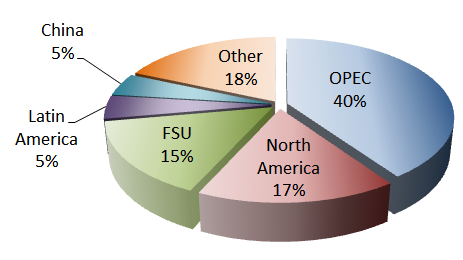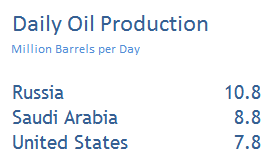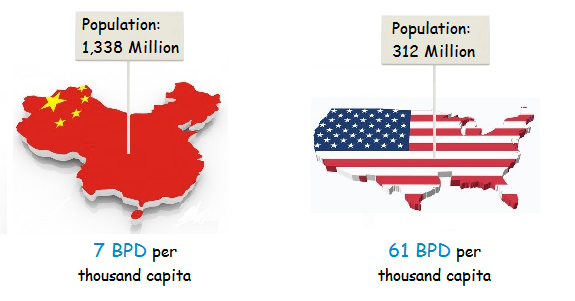RL Blogs

By Market Analyst Dan
May 13, 2012Breaking down some of the key drivers behind the oil supply and demand fundamentals for your quick future reference. |
||||
| If you are overwhelmed by all of the oil supply and demand data available on the web, this blog will help you simplify the heaps of information into quick nuggets for your back pocket. Whether you are a process engineer, a planning analyst, or a refinery manager, it’s still important to know some fundamentals behind the drivers of our business.
Although some speculative factors influence the price of oil or the cost of gasoline at the pumps, the laws of Supply & Demand still drive the bulk of global economics. In this global oil balance article, I’ll highlight statistics around the following:
The Global Oil Supply and Demand
Currently the demand for oil around the world is roughly 90 million barrels per day. Daily global oil consumption broken down by regions is shown below.
As your intuition tells you, the U.S. consumes the greatest amount of oil as 80% of the North America demand is comprised of the U.S. alone – that is 19 Million BPD!
On the other side of the equation, global oil supply by region shows the following pattern.
U.S. Dependency on Foreign Oil
To place U.S. oil dependency into context, we revisit oil supply and demand fundamentals. Simply put, the United States consumes WAY more oil than it produces. As shown above, the U.S. consumes roughly 19 MBPD of oil. Since it only produces 8 MBPD, this results in a net import of 11 million barrels per day of foreign oil.
Believe what you want, but replacing more than half of our energy consumption with something other than foreign oil is just something not achievable within the near term.
Saudi and OPEC Control of Oil Markets
“In the world of the blind, the one-eyed man is king”.
Relative-supply is the key driver of price economics. It’s not necessarily who produces the absolute highest volume of oil that controls prices, but the difference in oil production relative to internal demand.
countries. Since Saudi Arabia production alone contributes 25% to the total OPEC volume, one can intuit how Saudi interest shadow others.
One interesting fact that many do not recognize is that the U.S. ranks 3rd in total
Influence of China on Global Oil Markets
Putting the importance of China in the oil market into perspective is easiest done when comparing China oil consumption with that of the United States. Currently China consumes half the volume of oil as compared to the U.S., which is roughly 10 million barrels per day.
Given that the population of China is over 4 times that of the U.S., the consumption of oil is nearly 9-times higher per capita in the U.S. as compared to that of China. Can you imagine how much oil China will need to consume when they start developing to a modern society?
Integration of Canada into U.S. Oil Strategy
Here’s a quick list of facts that support the high interest that the U.S. maintains in Canadian crude.
Now that I’ve summarized some factors that influence the global oil economy, you have just scratched the surface on prominent factors that drive our business. It’s a start, but there’s plenty more to explore. | ||||
|
|

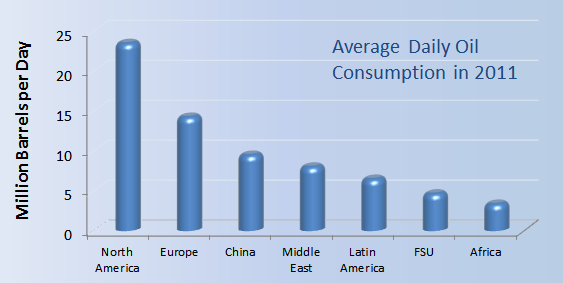
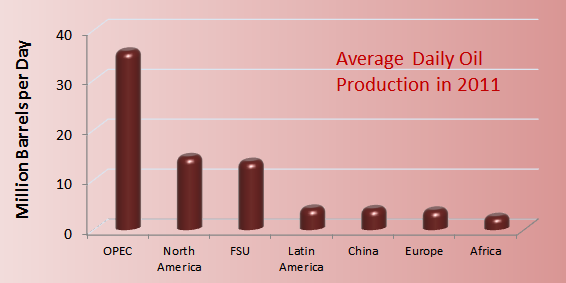
.png)
